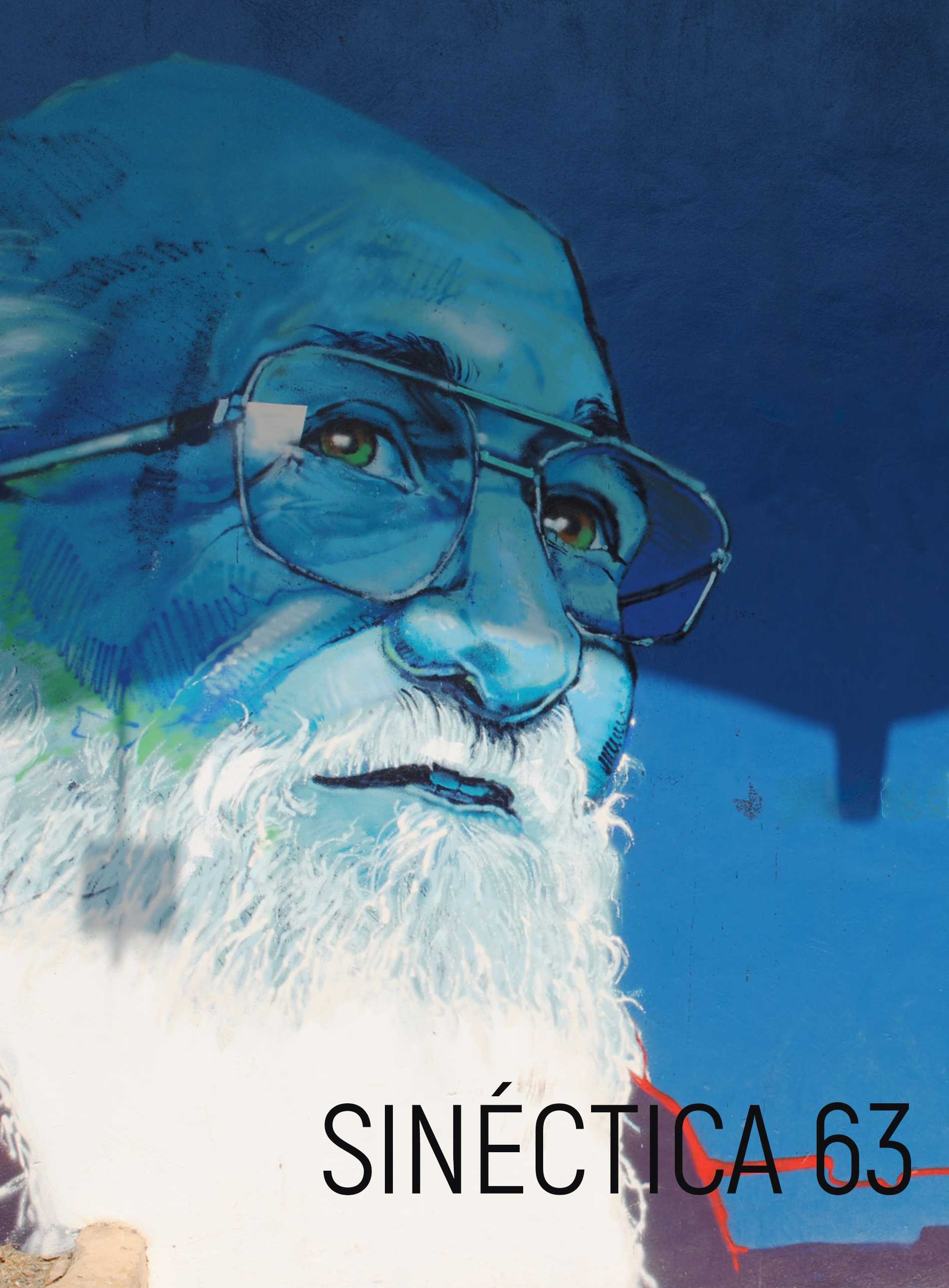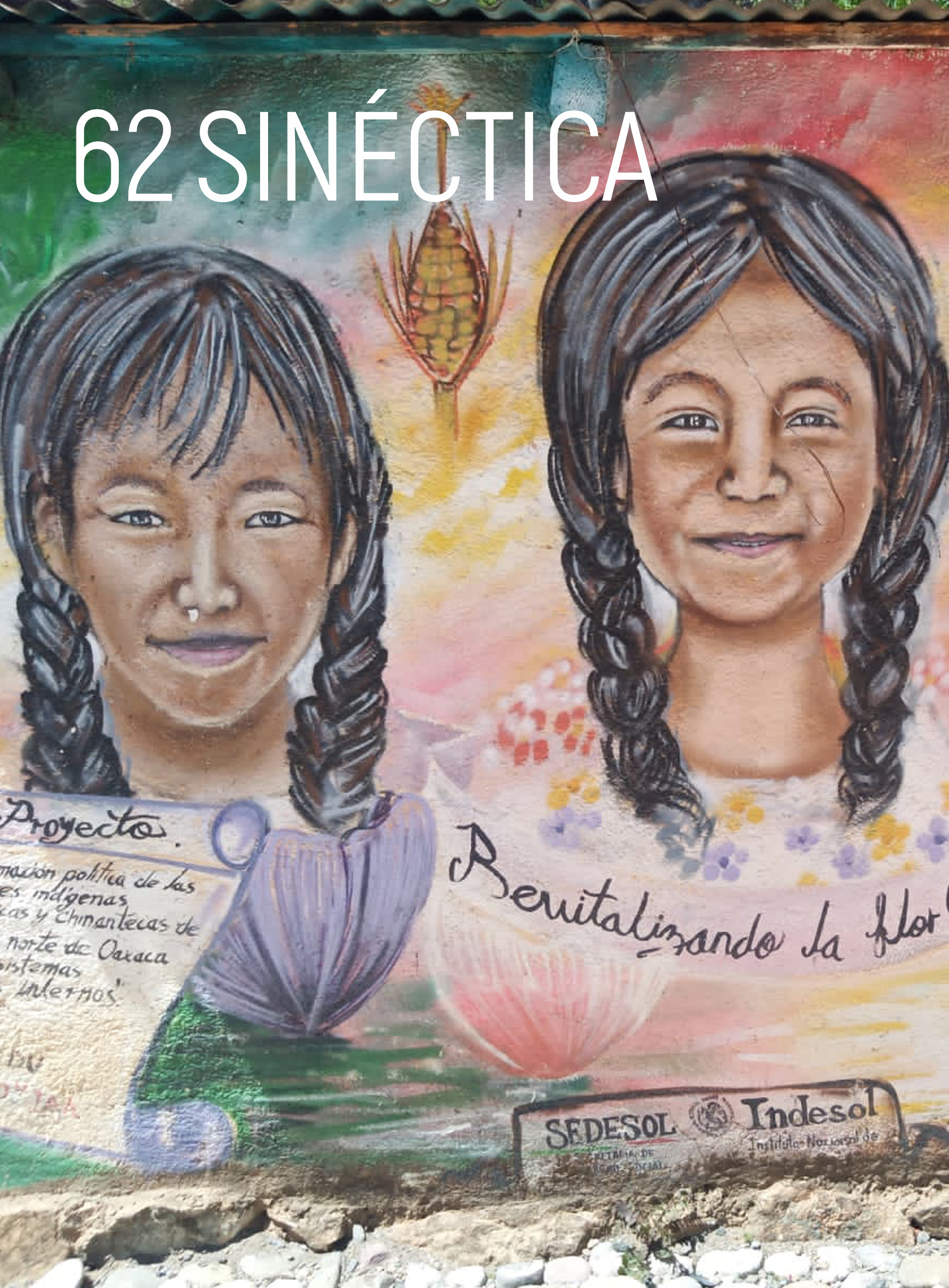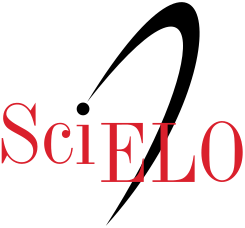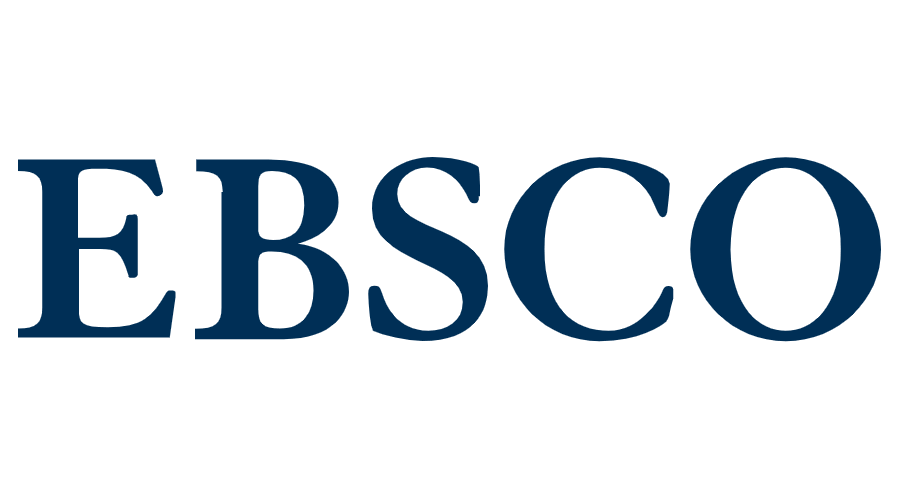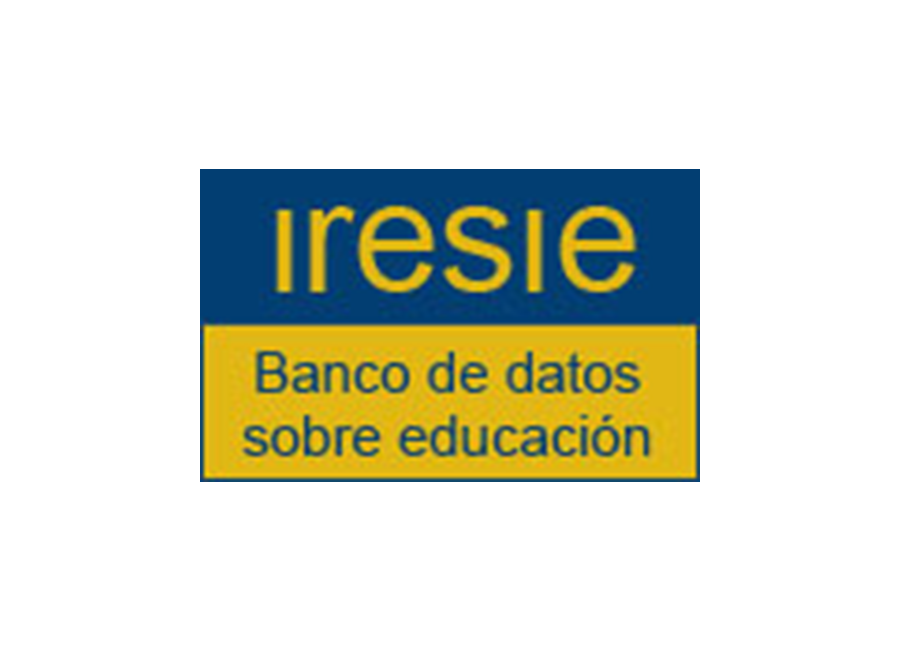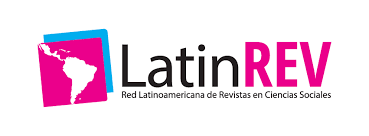Compensación sensorial y desarrollo de mapas mentales para la orientación y movilidad autónoma de niños ciegos
DOI:
https://doi.org/10.31391/S2007-7033(2019)0053-008Keywords:
orientación, movilidad, autonomía, discapacidad, visual, niños, compensación sensorial, mapas mentalesAbstract
El objetivo del estudio fue identificar los elementos involucrados en la capacidad de trasladarse autónomamente por parte de niños con discapacidad visual. La literatura muestra que hay poco conocimiento acerca de este tema, por lo que esta investigación aporta información del proceso de orientación en el espacio como elemento indispensable para lograr la movilidad autónoma. El estudio se llevó a cabo entre 2015 y 2018 con seis estudiantes de primaria de la Escuela para Niñas y Niños Ciegos de Guadalajara, AC (México). Encontramos que los niños y las niñas que pueden desplazarse sin ayuda en ambientes complejos utilizan otros sentidos: tacto, olfato, oído, propiocepción e identificación de temperatura para identificar puntos de referencia significativos del entorno y emplearlos para el desarrollo de mapas mentales. Estos hallazgos representan un avance en el entendimiento de la discapacidad visual en edades tempranas y, sobre todo, en la manera en la que se disminuyen las afectaciones a la orientación y movilidad autónoma.
Downloads
References
Alberti, M. y Romero, L. (2010). Alumnado con discapacidad visual. España: Graó.
Álvarez-Gayou, J., Camacho, S., Maldonado, G., Trejo, C., Olguín, A. y Pérez. M. (2014). La investigación cualitativa. Recuperado de https://www.uaeh.edu.mx/scige/boletin/tlahuelilpan/n3/e2.html
Ambrose-Zaken, G. & Lahav, O. (2015). A discussion about blind aid virtual orientation, mobility, and blindfolding those with low vision. Journal of Visual Impairment & Blindness, vol. 109, núm. 2, pp. 81-82.
Arias, C., Ximena, M., Bermejo, F., Venturelli, N. y Rabinovich, D. (2010). Ecolocación humana: revisión histórica de un fenómeno particular. Primera parte. Interdisciplinaria, núm. 2, pp. 335-348.
Arnau, M. y Orta, M. (2000). Desarrollo curricular en el área de autonomía personal: programación para alumnos de educación primaria y secundaria con discapacidad visual. Integración: Revista sobre Ceguera y Deficiencia Visual, vol. 2000, núm. 32, pp. 13-23.
Ball, E. y Nicolle, C. (2015). Changing what It means to be "Normal": A grounded theory study of the mobility choices of people who are blind or have low vision. Journal of Visual Impairment & Blindness, vol. 109, núm. 4, pp. 291-301.
Bruce, S. y Vargas, C. (2012). Assessment and instruction of object permanence in children with blindness and multiple disabilities. Journal of Visual Impairment & Blindness, vol. 106, núm. 11, pp. 717-727.
Geruschat, D. y Turano, K. (2002). Connecting research on retinitis pigmentosa to the practice of orientation and mobility. Journal of Visual Impairment & Blindness, vol. 96, núm. 2, pp. 69-85.
Gómez, M., Valero, A. y Gutiérrez, H. (2007). Retos. Nuevas tendencias en educación. Física, Deporte y Recreación, vol. 11, pp. 37-42.
Hernández, M. (2012 enero-junio). Ciegos conquistando la Ciudad de México: vulnerabilidad y accesibilidad en un entorno discapacitante. Nueva Antropología, pp. 59-81.
Instituto Nacional de Estadística y Geografía (INEGI) (2010). Censo de Población y Vivienda 2010. Recuperado de http://www.inegi.org.mx/prod_serv/contenidos/espanol/bvinegi/productos/censos/poblacion/2010/discapacidad/702825051785.pdf
Jablan, B., Zhigikj, V. & Stanimirovikj, D. (2008). The assessment of the level of development of spatial orientation in children with visual impairments. Journal of Special Education & Rehabilitation, núm. 1/2, pp. 7-17.
Martínez, R. (2005). Autonomía personal: orientación y movilidad y habilidades de vida diaria. En R. Martínez, P. Berruezo, J. García y J. Pérez (coords.). Discapacidad visual: desarrollo, comunicación e intervención. España: Grupo Editorial Universitario.
Neiman, G. y Quaranta, G. (2012). Los estudios de caso en la investigación cualitativa. En I. Vasilachis (coord..). Estrategias de investigación cualitativa. Barcelona: Gedisa.
Organización Mundial de la Salud (OMS) (2003). En el mundo hay unos 45 millones de ciegos y la cifra va en aumento. Recuperado de http://www.who.int/mediacentre/news/releases/2003/pr73/es/
Piaget, J. (1981). Epistemología genética y equilibración. España: Fundamentos.
Piaget, J. y Barbel, I. (1984). Génesis de las estructuras lógicas elementales. Argentina: Guadalupe.
Renshaw, R. & Zimmerman, G. (2007). Using a tactile map with a 5-year-old child in a large-scale outdoor environment. Re:View, vol. 39, núm. 3, pp. 113-120.
Roselló A., Baute, B., Ríos M., Rodríguez, S., Quintero, M. y Lázaro, Y. (2013). Estimulación temprana en niños con baja visión. Revista Habanera de Ciencias Médicas, vol. 12, núm. 4, pp. 659-670.
Smith, D. (2006). Developing mathematical concepts through orientation and mobility. RE:View: Rehabilitation Education for Blindness and Visual Impairment, vol. 37, núm. 4, pp. 161-165.
Stake, R. (1999). Investigación con estudio de casos. Madrid: Morata.
Vigotsky, L. S. (1989). Fundamentos de defectología, Obras completas, tomo V. Cuba: Pueblo y Educación.
Yin, R. (2003). Case study research. Design and methods. California: Sage.
Zebehazy, K. & Smith, T. (2011). An examination of characteristics related to the social skills of youths with visual impairments. Journal of Visual Impairment & Blindness, vol. 105, núm. 2, pp. 84-95.
Downloads
Additional Files
Published
Issue
Section
License
Copyright (c) 2019 Sinéctica

This work is licensed under a Creative Commons Attribution-NonCommercial 4.0 International License.
This work is licensed under a Creative Commons Attribution-NonCommercial 4.0 International license.
Authors who publish in Sinéctica agree to the following terms:
The authors retain copyright and grant the journal the right of first publication of the authorized work simultaneously under a Creative Commons Attribution License, which allows others to share the work as long as both the authorship of the work and the initial publication in this journal are acknowledged.
Authors may enter into additional separate contractual agreements for non-exclusive distribution of the published version of the journal (e.g., publishing in an institutional repository or a book), with acknowledgement of initial publication in this journal.
Authors are allowed to publish their work in institutional repositories or on their own website before and during the submission process, as it may generate productive exchanges, as well as earlier and greater citation of the published work.
Explanatory note: As of 2017 Sinéctica is governed by the Creative Commons Attribution Non-Commercial 3.0 International License, a version that standardizes licenses internationally.
Articles published between 1992 and 2016 are covered by a Creative Commons Attribution-NonCommercial-NoDerivatives 4.0 International license, which allows a work to be shared and distributed non-commercially and with acknowledgement of the author, but prohibits modification of the original creation.




